Together the system we've developed is referred to as the X-Microwave System (X-MW System.)
Design Evolution or Revolution
Simulation is a critical stage in the design process followed by prototyping. Utilizing a standardized prototyping system is a natural evolution, allowing you to select devices from a variety of vendors and quickly build compact prototypes on your desktop without the need for fragile, bulky RF cables and the rats nest of bias and digital control wires. In the X-MWsystem interconnects are robust, cabled connections are uniform and streamlined with a common approach to bias and control.
Rapid prototypes built on the X-MWsystem provide a revolutionary path to production. Designs with multiple X-MWblocks can be seamlessly integrated into a single PCB and housed in standard off-the-shelf (or custom) enclosures. Moving directly from the prototyping plate to production minimizes the risk introduced by redesign often required in traditional design flows.
Getting Started
If you’re interested in “Getting on the Grid” download the Getting Started Guide to learn more about the design system. You’ll likely want to start with the interactive Mechanical Layout Tool available on our website. After you've made some part selections, you'll want to check out the Prototyping Station Kit (XM-PSK2-XM-PSK2-08) which includes a 32x32 prototyping plate and three - 50 GHz probes. GSG jumpers and anchors are relatively inexpensive and the quantity needed depends on the size of your design.
The technology is solid, but we're still a startup. We're seeking collaborators to build and share reference designs. What better way to push your software radio to higher frequencies than to add a mixer? Building a radar... there are few better options. Everything you design is industry grade (from first prototype)... so as you Hack, the prototype you build is robust and deployment ready.
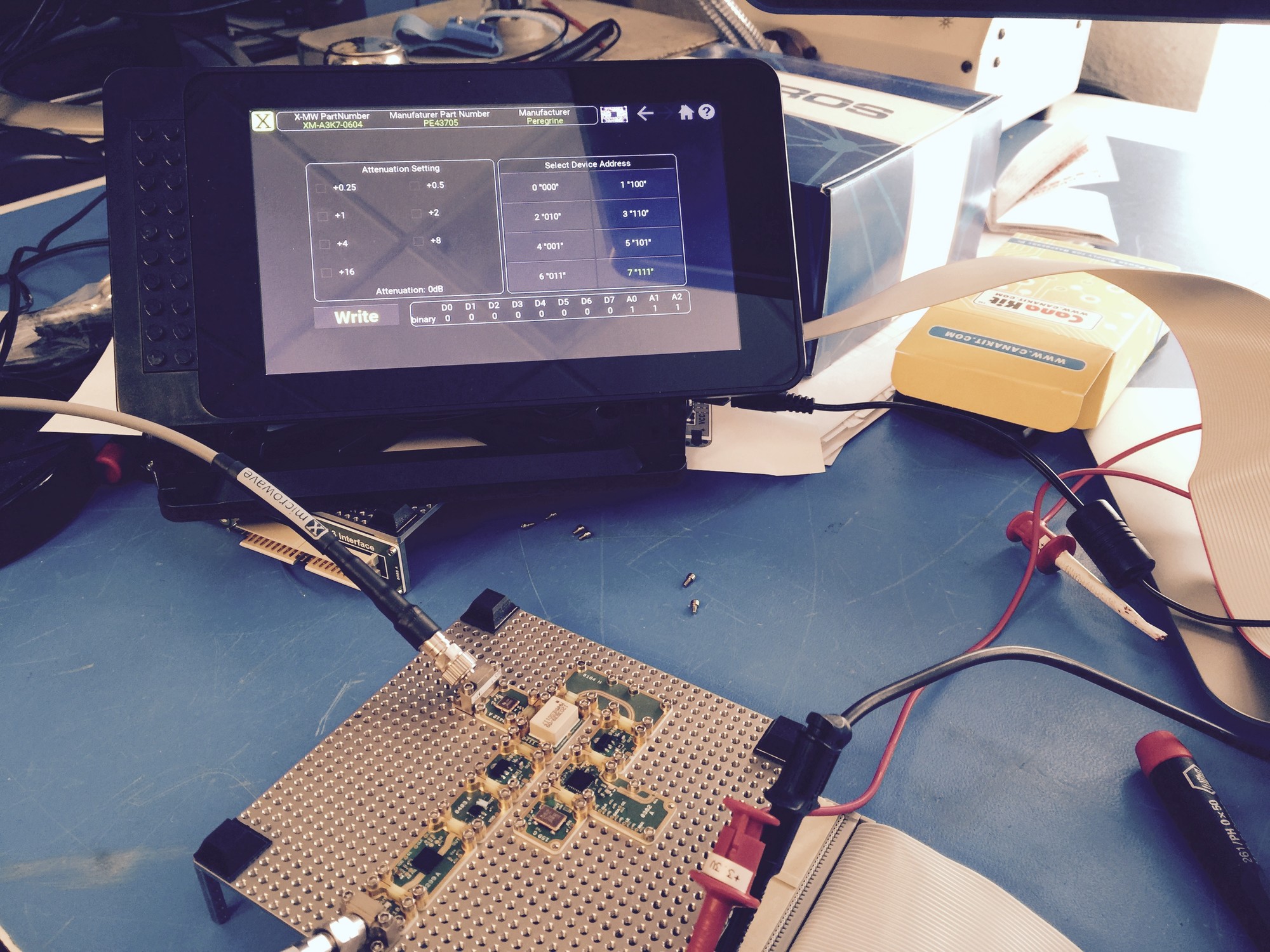
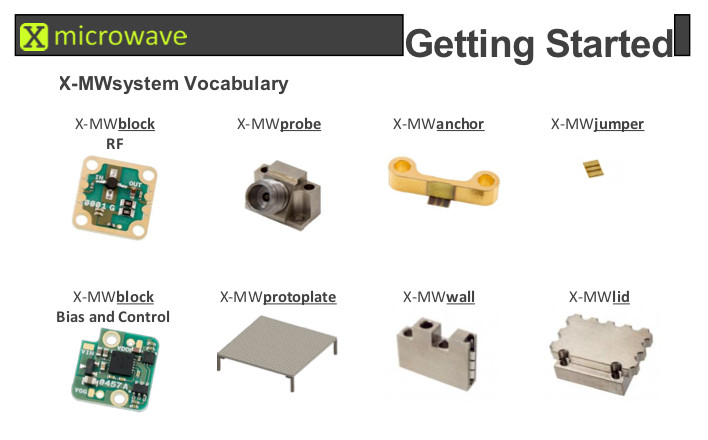
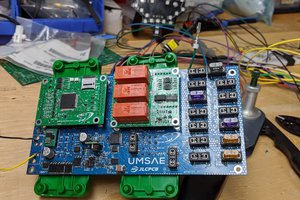
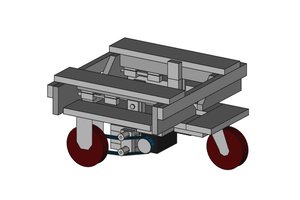
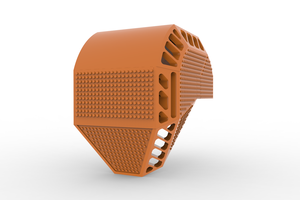
 Brian Ferrara
Brian Ferrara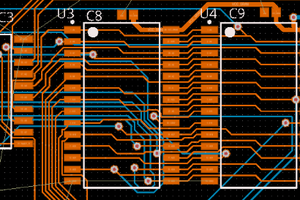
 Ben Jordan
Ben Jordan
Prototyping above 12 GHz is largely inaccessible today. Serious design tools cost above $100k and single PCB runs $3k-$5k. High frequency prototyping has been crazy expensive and challenging. Our hope is that our approach catches on and we can significantly drop the cost of our boards, manufacturing and test allowing anyone to hack on high frequency radar and satcom. Today a simple design might run you $1800. While we’ve droped the entry point by more than an order of magnitude... I agree we still have a ways to go before a larger group of hobbyist can hack mmWave and 5G. .